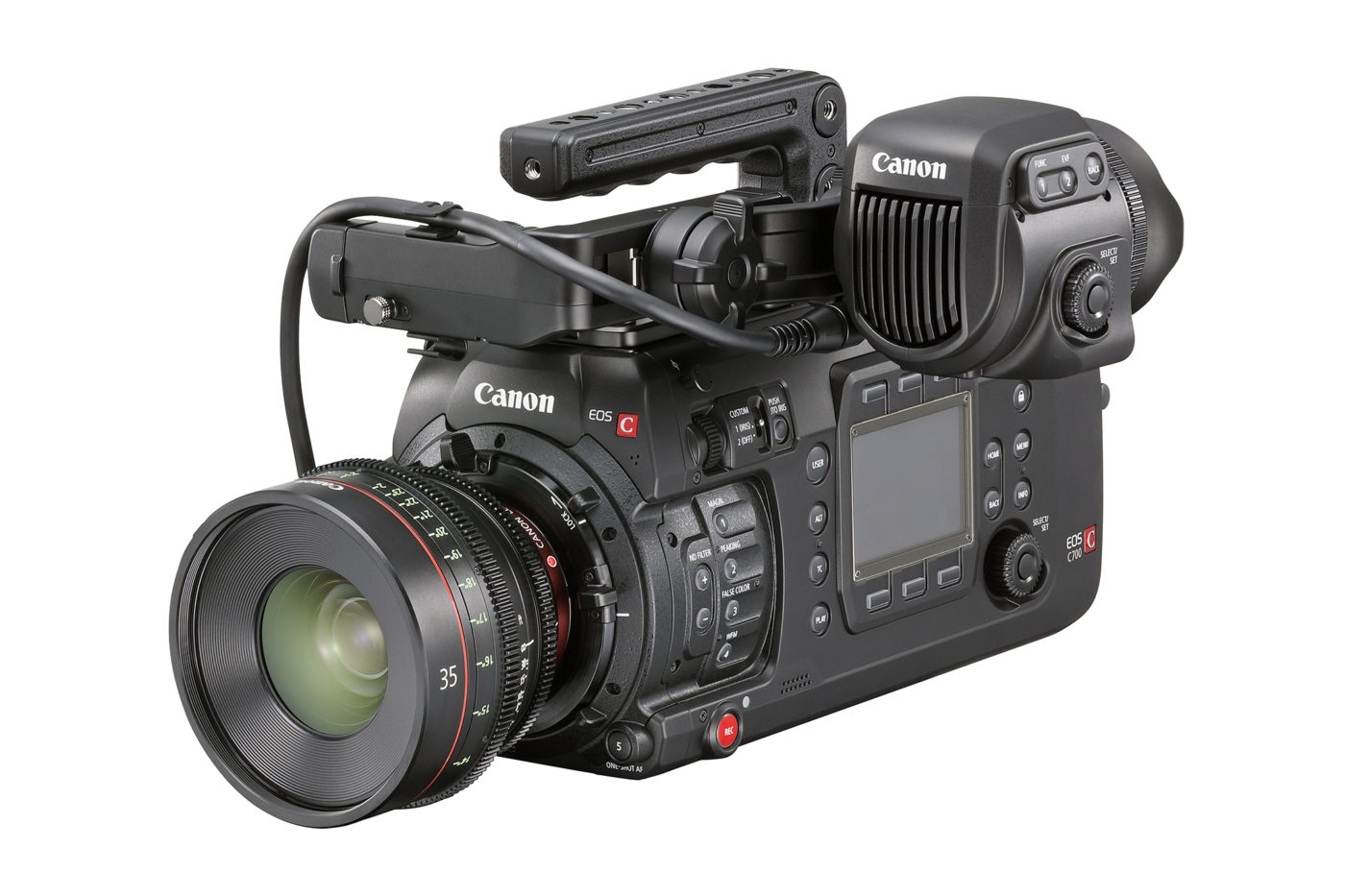
Download 12-page FDTimes Report on Canon EOS C700 – 3.3 MB PDF
This is the camera that many have dreamed Canon would build. They have. Canon presents Cinema EOS C700 at IBC 2016. It’s a Super35 format studio and shoulder-resting “A” camera with internal 4K ProRes and XF-AVC as well as integrated Codex uncompressed RAW recording. There is a choice of two lens mounts, PL or EF mount—and a choice of Global Shutter or Standard CMOS sensor. Pixel size is 6.4 x 6.4 μm. Depending on model and mode, effective image area is 26.2 x 13.8mm (29.6 mm diagonal) when shooting 4K and 28.9 x 15.2 (32.6mm diagonal) in RAW 4.5K.
Brief history
Canon launched the first Cinema EOS C300 on the stage of the Paramount Theater in Hollywood on November 3, 2011—five years ago. That was the “beginning of a new relationship” for Canon in Hollywood. It was their first professional 35mm digital cine camera. In a presentation, Masaya Maeda, Senior Managing Director, drew the outline of a pyramid. Consumer, prosumer and DSLR cameras occupied the base. The C300 was shown in the middle. The top of the pyramid, representing the pinnacle of digital motion picture production, was empty. We asked when the top would be filled. Mr. Maeda said modestly, “We are still learning. We’d like to begin a dialog with the community here in Hollywood to better understand the expectations of the industry and where we should go.”
The next five years were a remarkable success story. Cinema EOS cameras appeared on sets and locations worldwide. The look, lowlight capabilities, medium-format shape, EF mount, quality and usability was appealing to cinematographers and rental houses.
Five months after the C300 was launched at NAB 2012, Canon introduced the 4K EOS C500. Another five months later, September 2012 at IBC in Amsterdam, Canon showed the EOS C100 camera. Then, in April 2015 at NAB, Canon presented the C300 Mk II with internal 4K recording to CFast 2.0 cards and 15 stops of dynamic range.
More than 40,000 Cinema EOS cameras have been shipped worldwide. EF mounts account for about 90 percent of the C300 market. On the C500, it’s a 50/50 split between EF and PL.
Canon C700 is at the top of the camera pyramid. The new EOS C700 digital cinema camera to be introduced at IBC is a rugged and expandable “A” camera system for all segments of the industry. The EOS C700 EF and EOS C700 PL will ship in December at a list price of $35,000. The EOS C700 GS PL will ship in January 2017 with a list price of $38,000.
C700 overview
The C700 is modular. The rugged magnesium body is similar in size to another popular camera and about half the weight (approximately 7.9 lb for the EOS C700 PL and EOS C700 GS PL Main Body). The styling is distinctly Canon. Rounded edges and semi-circular sides behind the lens mount hint at the Canon C300 design legacy. Whereas the C300 has a medium format heritage, the C700 will be equally comfortable handheld, shoulder-resting, on a head, Steadicam, gimbal rig or rigged to a car mount.
There are enough 3/8-16 and 1/4-20 threaded holes on the top and bottom to satisfy the most demanding cheese-plate and accessory obsessed camera crew. The top handle attaches with two screws in a plethora of positions for perfect balance. Focus tape hooks adorn both left and right sides. Clearly, the designers at Canon listened to the requests of camera crews.
The shoulder pad consists of two sections that adjust to fit the width of any camera operator’s shoulder. It has industry-standard Hirth tooth rosettes on each side and sockets with 15mm rods in front. The camera comes with a standard rear V-lock battery mount. An Anton Bauer Gold Mount adapter could be used, but may not send battery status information to the camera’s EVF.
Standard CMOS sensor and GS Models
C700 comes in three models:
• EOS C700 EF — EF mount with standard CMOS sensor
• EOS C700 PL — PL mount with standard CMOS sensor
• EOS C700 PL GS — PL mount with global shutter sensor
If you have your heart set on a C700 EF GS, you might buy a C700 PL GS and ask a Canon service center to swap the mount.
Quick review.
Global shutter is electronic, not mechanical, where the image is captured in a single moment by every pixel on the sensor. A standard CMOS captures the image by scanning the scene from top to bottom. Depending on the speed of the scan, a standard sensor (sometimes called rolling shutter) sometimes results in the dreaded “jello” effect where a straight tennis racquet appears curved in mid stroke or a helicopter’s rotating blades look rubbery. A standard sensor may also result in “flash band” effect, which is partial exposure of the frame. For example, photographers’ strobes at a rock concert may result in half of your frame being black.
Canon C700 standard CMOS models have 15 stops of dynamic range. They provide dual-pixel autofocus capability when autofocus lenses are used. Standard CMOS sensor models have more dynamic range, autofocus and are expected to ship sooner.
Because of the extra processing power that goes into exposing the entire sensor at one time, Global Shutter (GS) models lose a little dynamic range. They have 14 stops of exposure latitude. They are slightly more expensive and will ship a little later. Global shutter models are helpful for sports, fast action, concerts and events where jello and flash band effects are undesirable. Having said that, because the C700’s CMOS sensor outputs to three Digic 5 processors, processing speed is extremely fast.
Lens mounts
The Canon Cinema Lock EF mount is the same ruggedized version first seen on the C300 Mk II. Flange focal depth is 44 mm. Inside diameter within the lens cavity is 54 mm. A Mitchell/PL/ Panavision style locking ring secures the lens in place when you rotate the tabs clockwise (clock to lock). You do not twist the lens itself as you would on a Canon DSLR. The EF mount has Canon’s familiar gold-plated lens data and power pins.
The PL mount has the typical flange depth of 52 mm. The inside diameter is the same as EF: 54 mm. The C700’s PL mount is fitted with Cooke /i lens metadata and power pins.
Codex Integrated Recorder
With a Codex CDX-36150 attached, the C700 will record uncompressed 10-bit or 12-bit 4K RAW up to 120 fps and 2K ProRes up to 240 fps. The Codex CDX-36150 is made specifically for the C700 and attaches to the rear of the camera. It is smaller and lighter because it uses the C700’s menus and controls.
The battery plate that comes with the camera is removed, revealing a multi-pin connector. The Codex attaches securely there. Codex will offer 2 models of the recorder so users can order with either V-Lock or Anton Bauer Gold Mount.
You use a Codex Capture Drive 2.0 (1 TB or 2 TB capacity), the same familiar media used in Alexa and VariCam35. The CDX- 36150 could democratize RAW recording with its affordable price around $6,000 and industry-standard media.
EVF
The C700 has a crisp 1920×1080 OLED Viewfinder (EVF-V70). Although sold separately, it is an essential accessory in the camera package and something no C700 user should be without. The OLED Electronic Viewfinder has an HDR simulated picture with a “stretched” dynamic range for increased shadow detail and highlight retention. This is accomplished without the requisite increase in brightness of true HDR.
Because C700 or C700 PL models have 4622 x 2496 pixels, surround view in the viewfinder can be available. Encroaching microphone booms at the top of frame are easy to see. Masks and framelines are user adjustable. When moving away from the eyepiece, the viewfinder helpfully dims but doesn’t turn off. Furthermore, the EVF will not burn out when exposed to direct sun.
Anamorphic
C700 supports anamorphic format lenses by electronically desqueezing the image in the viewfinder and on connected monitors. You can take advantage of the camera’s full 4K resolution by using 1.3x squeeze anamorphic lenses.
Popular 2x squeeze anamorphic lenses cover a native 1.2:1 aspect ratio on the sensor. That translates to an actual resolution of 2592 x 2160 pixels. This squeezed “window” can be repositioned left or right in post if, for example, you see a previously undetected, errant C-Stand lurking on the right side of frame.
More Images:

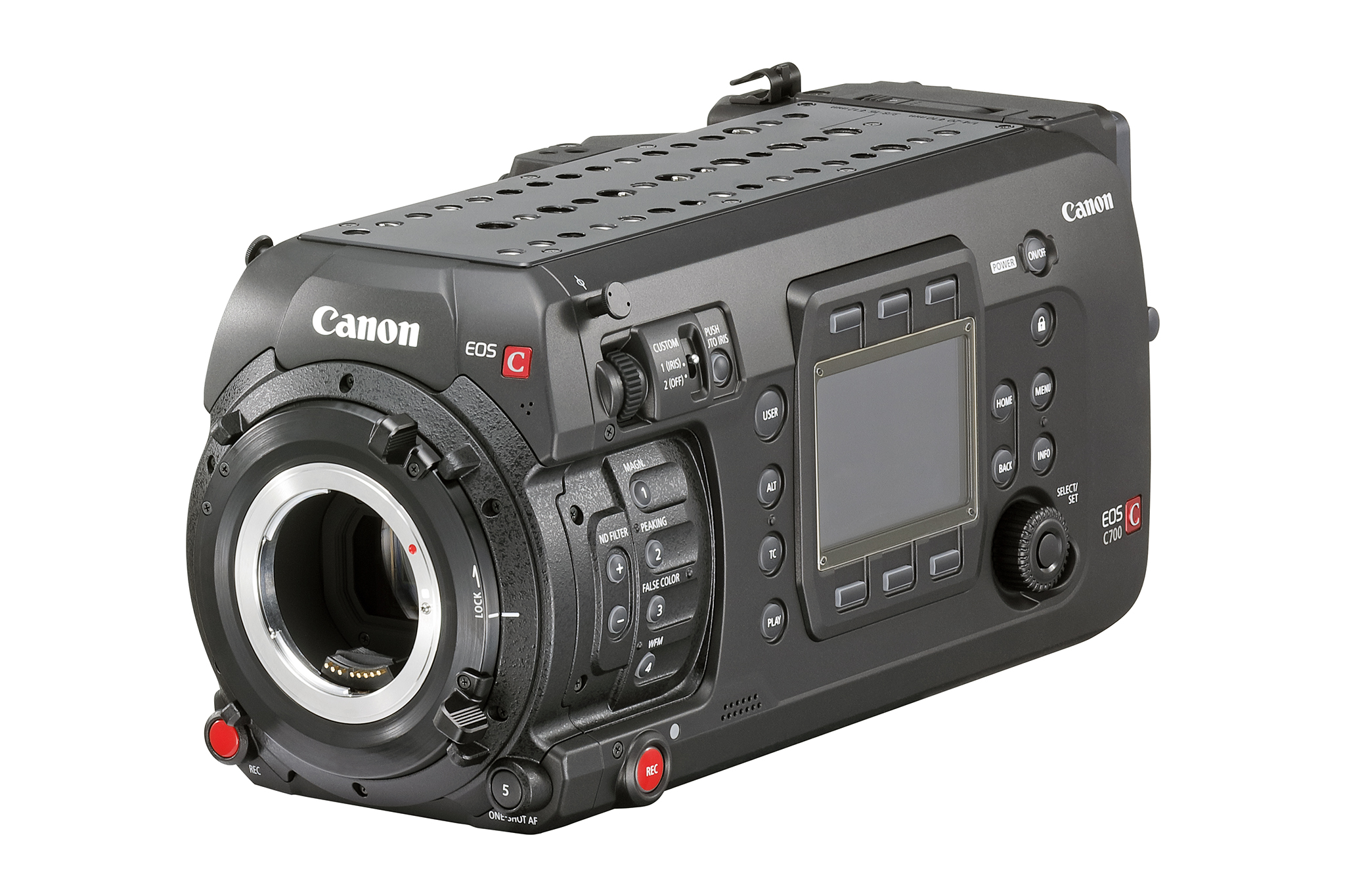
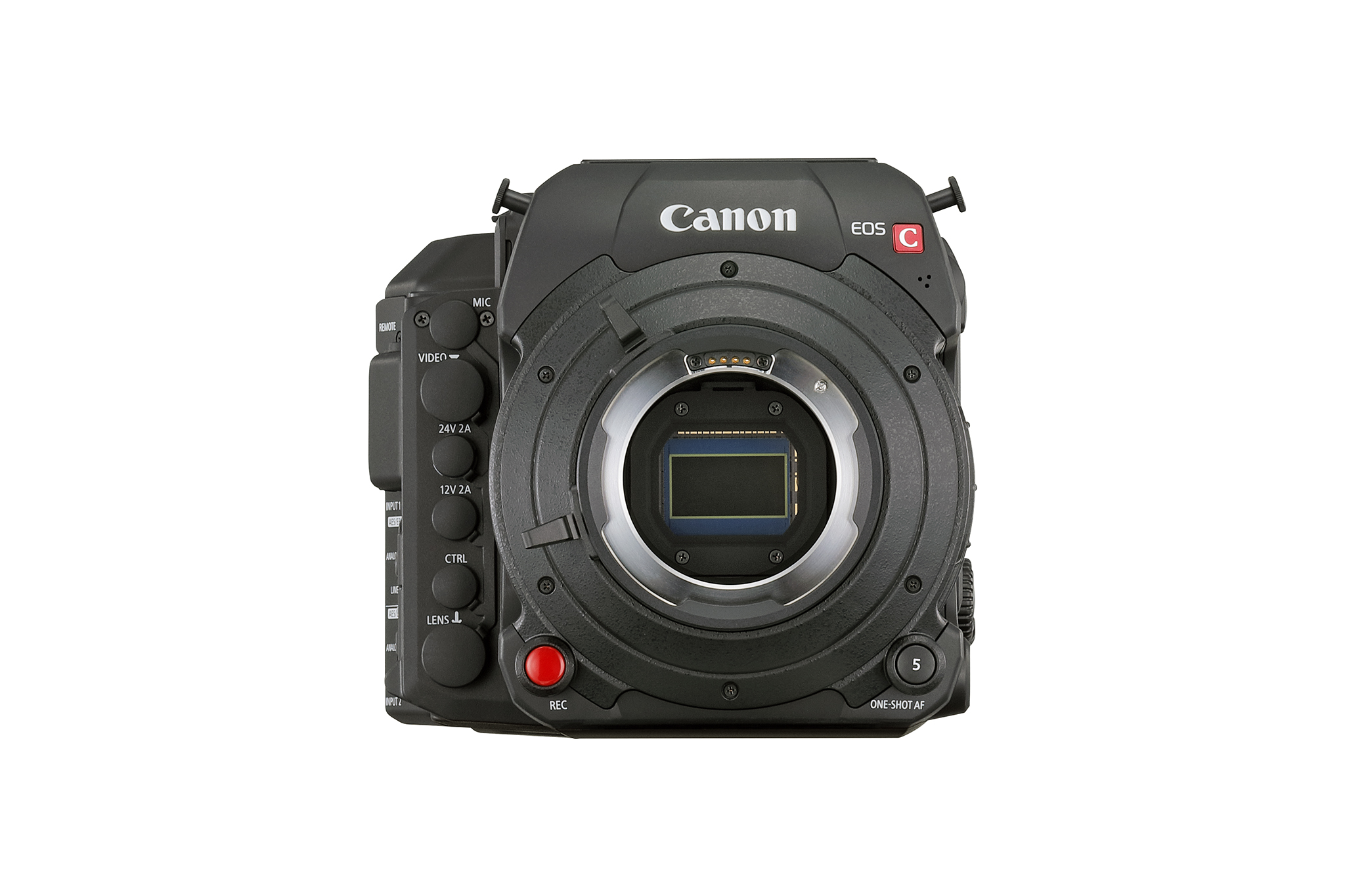
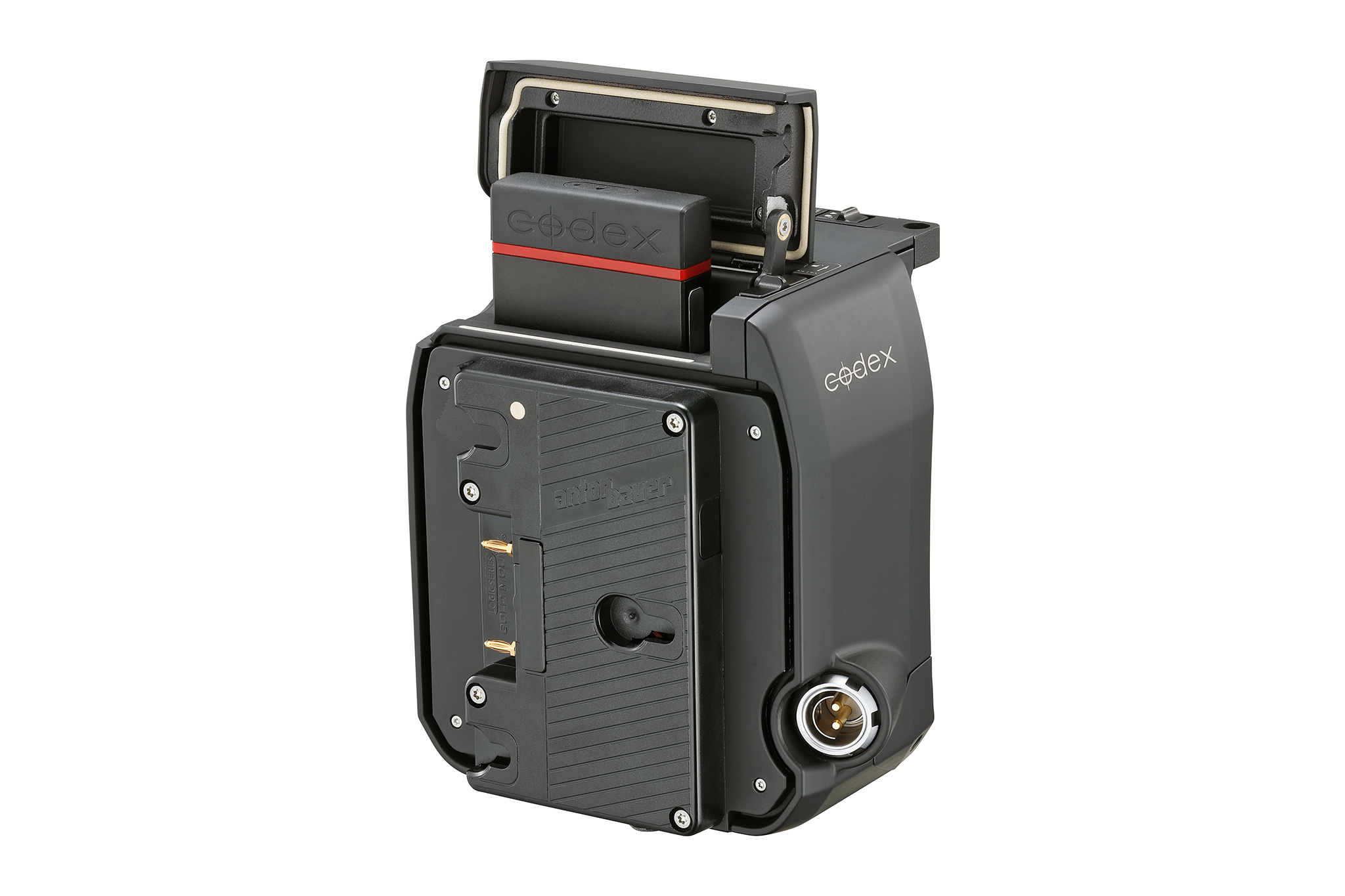
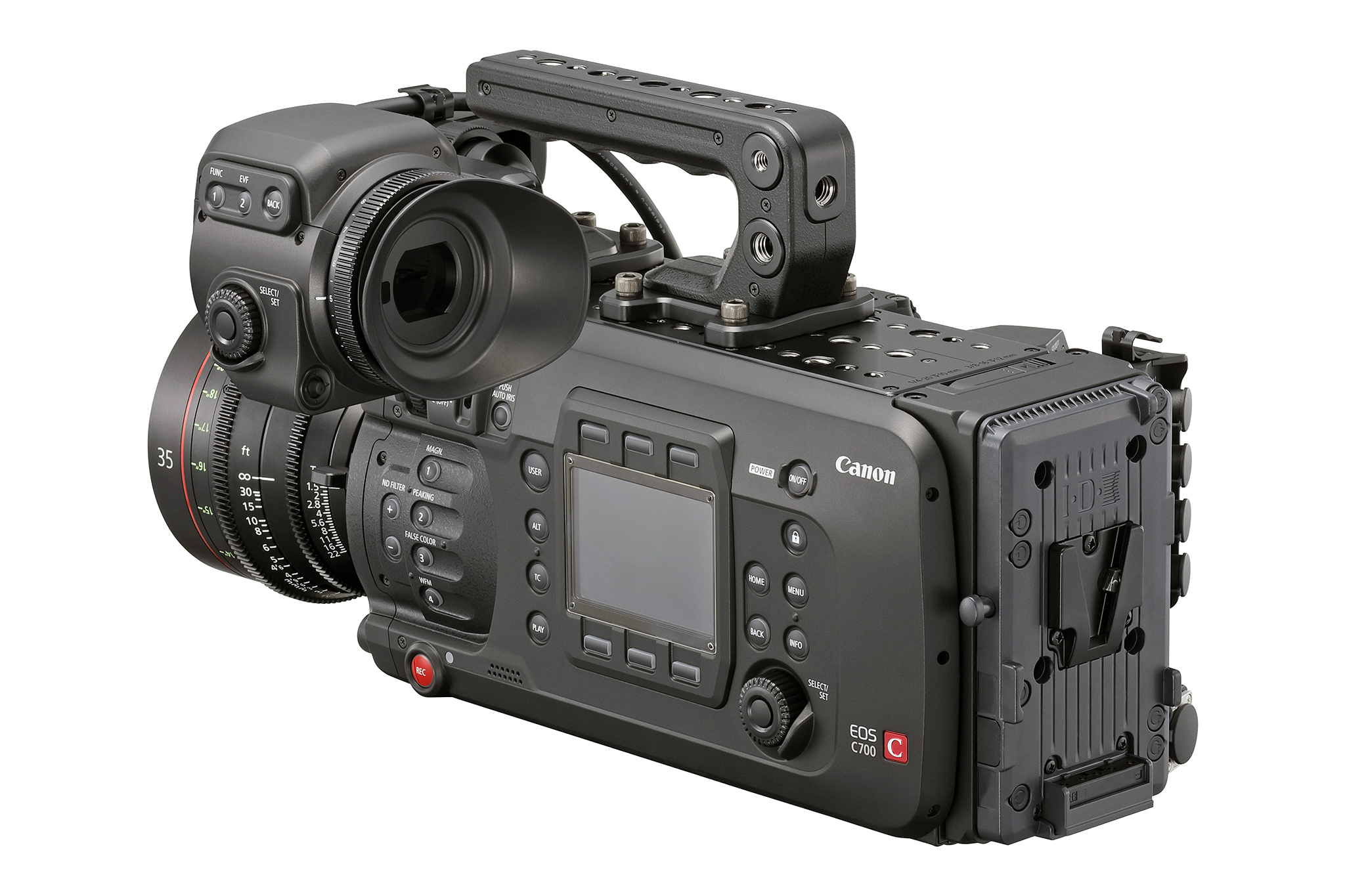




































Pingback: Canon Cinema EOS C700 | roberto cimatti
Thank you for a great article! I have the first firmware upgrade request: Being able to utilize full sensor height when shooting Anamorphic. 15.2mm vs 18mm should make that 40mm FEEL LIKE a 36mm if I got my math right… (doubtful). Which matters quite a bit on the wide end with 2x Squeeze lenses.
Pingback: Canon EOS C700 – Föreningen Sveriges Filmfotografer
My prior comment should have read “15.2mm vs 13.8mm”. It appears the Anamorphic mode listed above only uses 13.8mm of the 15.2mm sensor height, while the full 15.2mm height is used in RAW capture. 18mm sensor height is not on this camera… yet.